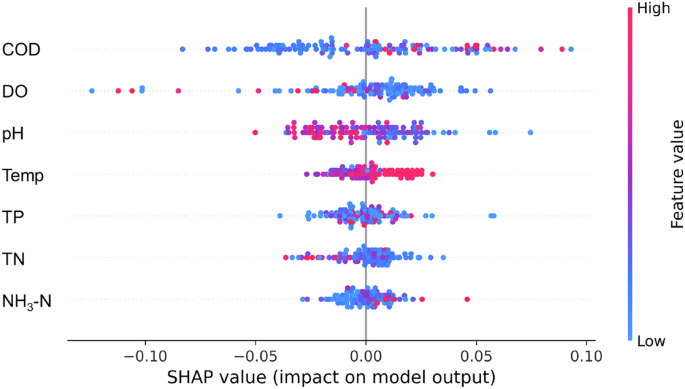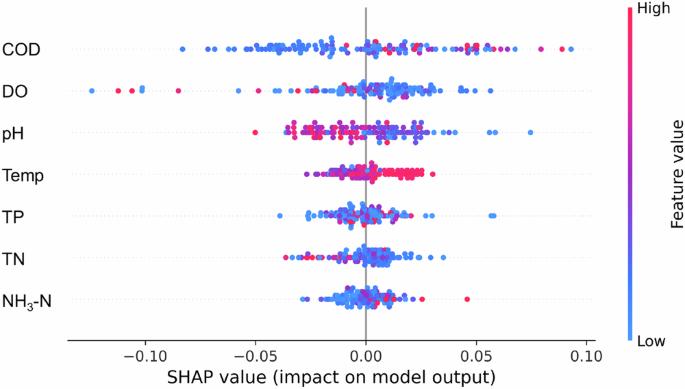Data driven multiple objective optimization of AAO process towards wastewater effluent biological toxicity reduction
IF 10.4
1区 工程技术
Q1 ENGINEERING, CHEMICAL
引用次数: 0
Abstract
While the anaerobic-anoxic-oxic (AAO) process is the most widely applied biological wastewater treatment process in municipal wastewater treatment plants (WWTPs), it struggles to meet the increasing demands on biological toxicity control of the treated effluent. To tackle this challenge, this study develops machine learning (ML)-based models for optimizing the AAO treatment process towards improving its toxicity reduction efficacy for the effluent. The water quality parameters, treatment process parameters, and biological toxicity information (based on the nematode bioassay) of the effluent collected from 122 WWTPs in China are used to train the models. The validated models accurately predict the effluent’s quality parameters (average R2 = 0.81) and the biological toxicity reduction ratio of treatment process (R2 = 0.86). To further improve the toxicity reduction, we developed a multiple objective optimization framework to optimize the AAO process via unit process recombination. In the short-range unit combination, the toxicity reduction ratio of the four-unit combined processes (up to 79.8% of anaerobic-aerobic-anaerobic-aerobic) is significantly higher than others. After optimization, it helps to improve the average toxicity reduction efficacy of 122 WWTPs from 48.6% to 70.7%, with a maximum of 87.5%. The methodologies and findings derived from this work are expected to provide the foundation for the optimization, expansion, and technical transformation of biological wastewater treatment in WWTPs.


数据驱动多目标优化 AAO 工艺,降低废水生物毒性
虽然厌氧-缺氧-氧化(AAO)工艺是城市污水处理厂(WWTPs)中应用最广泛的生物污水处理工艺,但它却难以满足对处理后出水的生物毒性控制日益增长的需求。为应对这一挑战,本研究开发了基于机器学习(ML)的模型,用于优化 AAO 处理工艺,以提高其对污水的减毒功效。从中国 122 个污水处理厂收集的污水水质参数、处理工艺参数和生物毒性信息(基于线虫生物测定)用于训练模型。经过验证的模型可以准确预测出水水质参数(平均 R2 = 0.81)和处理工艺的生物毒性降低率(R2 = 0.86)。为了进一步提高减毒率,我们开发了一个多目标优化框架,通过单元工艺重组来优化 AAO 工艺。在短程单元组合中,四单元组合工艺的减毒率(厌氧-好氧-厌氧-好氧的减毒率高达 79.8%)明显高于其他工艺。经过优化后,122 个污水处理厂的平均减毒效率从 48.6% 提高到 70.7%,最高达到 87.5%。这项工作所得出的方法和结论有望为污水处理厂生物污水处理的优化、扩展和技术改造提供基础。
本文章由计算机程序翻译,如有差异,请以英文原文为准。
求助全文
约1分钟内获得全文
求助全文
来源期刊

npj Clean Water
Environmental Science-Water Science and Technology
CiteScore
15.30
自引率
2.60%
发文量
61
审稿时长
5 weeks
期刊介绍:
npj Clean Water publishes high-quality papers that report cutting-edge science, technology, applications, policies, and societal issues contributing to a more sustainable supply of clean water. The journal's publications may also support and accelerate the achievement of Sustainable Development Goal 6, which focuses on clean water and sanitation.
 求助内容:
求助内容: 应助结果提醒方式:
应助结果提醒方式:


